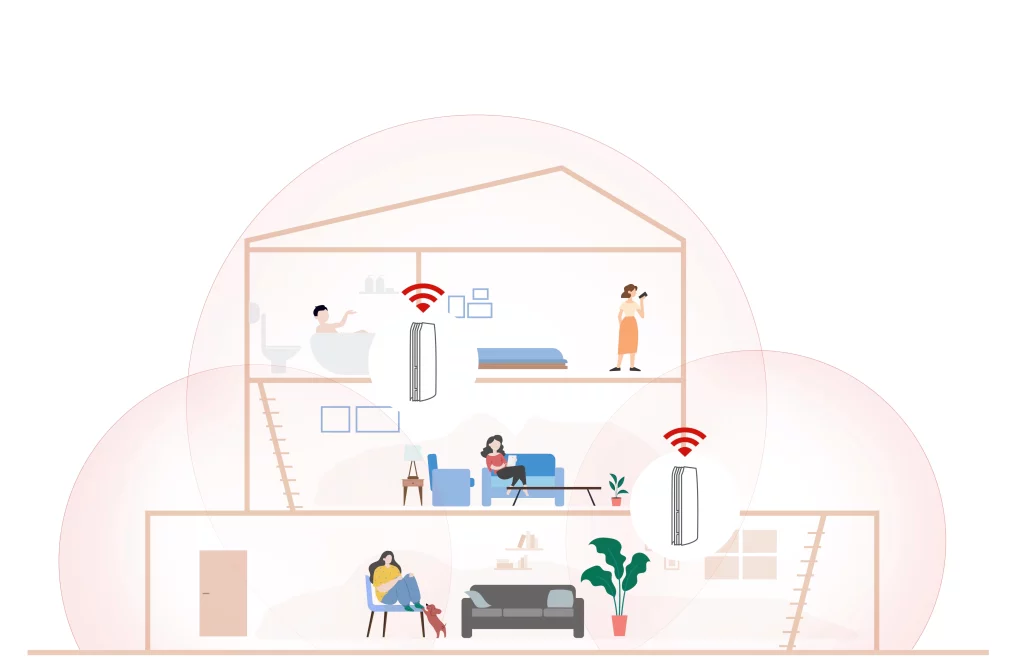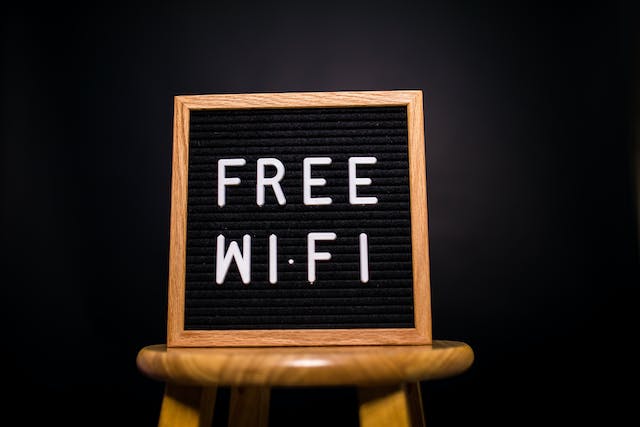How many gadgets do you have on your home Wi-Fi network? It’s not uncommon to have several or more devices linked to your Xfinity Internet connection at once, including laptops, streaming gadgets, new iPhones, security cameras, and smart speakers.
Now consider how easily accessible information like credit card details, financial information, login credentials, and live video feeds would be if an intruder were able to break into your Wi-Fi network. In the event that your Wi-Fi Network is breached, you need to take precautions to keep hackers at bay.
Having a safe and secure network at home can assist in preventing hackers from gaining access to private data. In addition, it will prevent people and gadgets that aren’t permitted from accessing your network and slowing it down or using it for free.
Although no method can provide 100% protection against hacking efforts, following the guidelines in this post will make it much more difficult for unauthorized users to access the network and data.
Choose a Central Location to Place Your Router

A well-designed infrastructure is the foundation of a safe network. Put your router where most people will be using it. Since routers broadcast wireless signals in all directions, positioning them centrally to keep your network within the home is essential. Additionally, the connection quality is guaranteed to be superior with this method.
If you live in an apartment with people directly to your left and right, the router’s strong signal may be too enticing to resist if it’s placed close to a shared wall. If you are not in an apartment building, a good router will still be able to send signals down the block and even across the street. If you put your router in the middle of the house, the signal will not travel as far
Create a Strong Password
This really shouldn’t need to be stated, but I will anyway to drive home the point. It is critical to protect your wireless network by developing a unique password. Passwords should not be easily guessed; thus, personal information like names, birthdays, phone numbers, and addresses should be avoided.
Wi-Fi passwords that are basic and easy to remember are also simple and easy to crack by hackers. Every six months or so, or anytime you have reason to believe network security has been breached, you should update your password.
Change the Default Login Credentials
You should also encrypt your router’s configuration settings with a password, much like your wireless network. You can do this by modifying the default credentials for your router. You may access your router’s settings by entering its IP address in the browser’s address bar, but most routers and ISPs also offer mobile apps with similar functionality.
The password you use to access your router is different from the one you use to access your wireless network. The default password for your router should be printed on the bottom of the device. Here’s how to alter the default username and password on your router or reset it if you’ve forgotten it.
Activate Wi-Fi Encryption and Firewall
The data exchanged between your router and connected devices is encrypted and protected by a firewall to prevent hacking from the outside. Although both are usually turned on by default, it is still a good idea to double-check.
You should now go into your router’s settings and double-check that the firewall and Wi-Fi encryption are both turned on. For whatever reason, if they’re off, you should switch them on. Your system’s security will appreciate it.
Use a VPN
Network security is just one of the many benefits of using a virtual private network. With a virtual private network, your online movements while using public Wi-Fi are concealed. Although virtual private networks (VPNs) shine brightest when linked to a public network, they can also improve the safety and anonymity of a private network.
It’s true that some VPNs are superior to others, but as with most things, you usually get what you pay for. There are VPN services out there that are free to use, but for a little monthly fee, you can get access to a far more secure and reliable network.
Turn Off the Router’s Remote Access
If your router supports remote access, anyone with a network connection can change its configurations. Remote access to your router shouldn’t be enabled unless you need to inspect or alter the settings of a child’s connected device while you’re not at home.
Disabling remote access is a function of the router’s administration settings. Disabling remote access to routers is not necessarily the default security setting.
Check all Devices are Correctly Connected
Verify that you are aware of what is linked to your network by inspecting it on a regular basis. Disconnect it and update your Wi-Fi password if you find anything questionable. After updating your password, you will need to reconnect all of your formerly connected gadgets, but any unapproved users or devices will be kicked off the network.
The default names of some devices, especially less common IoT ones, maybe a string of numbers and letters that you don’t instantly identify. Disconnect anything that looks suspicious when you’re checking your network connections. You’ll realize what it was later on when you discover you can no longer activate your robot vacuum from your mobile device.
Change to a WPA3 Router
Routers now have the most up-to-date security available, called WPA3. WPA3 is standard on all new routers. Thus, upgrading your network security is unnecessary. Many customers, however, rent their routers from the service provider, which may not always come equipped with the most recent technology.
If your router was manufactured prior to 2018, it is likely a WPA2 device, which does not employ the same security methods as newer WPA3 routers. A short Internet search for your device’s model should reveal its release year and any unique characteristics, such as if it supports WPA2 or WPA3. You should contact your service provider to find out whether your router supports WPA2 and ask to be upgraded to a newer one.
Final Thoughts
Keep in mind that no amount of effort put into securing your home network, no matter how cutting-edge the measures, will ever guarantee complete safety. As long as the internet exists, thieves will discover ways to abuse it. But with these suggestions in mind, you may better protect your network from intruders who would otherwise utilize your connection or access your data.
Read more :
- Top 15 Web Designers in Ottawa Reviews
- An Overview of White Label Crypto Exchange Software
- Stumble Guys Mod APK Mairaj gaming mod app download
- What Are the Most Effective Digital Marketing Strategies?
- 10 Best Android Invitation Maker Apps for Every Occasion in 2024
- Shopify Variants App: Enhance Your Online Store with Variator





